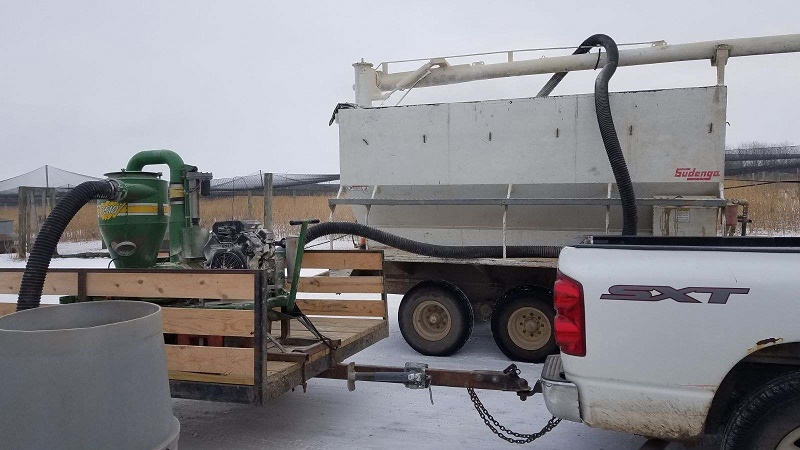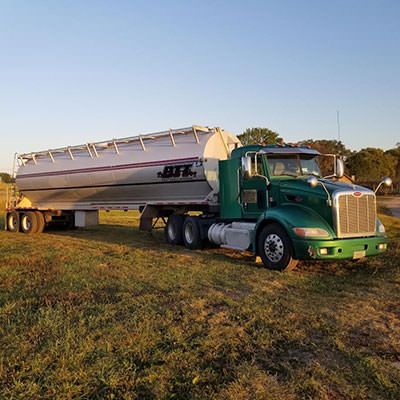MacFarlane Pheasants’ Hatchery-Perfecting the Conditions
 Moisture and temperature are the main issues that can slow down our hatches and affect our chick hatching. As we go into the winter season, the hatchery crew performs various tasks that keep weather-related issues to a minimum.
Moisture and temperature are the main issues that can slow down our hatches and affect our chick hatching. As we go into the winter season, the hatchery crew performs various tasks that keep weather-related issues to a minimum.
As winter begins, the staff plans ahead when preparing for hatches. They make sure the hatchers and baskets are warmed up before the egg transfer. The concrete throughout the hatchery can get chilly, even at room temperature, so pre-warming the machines allows time to warm up the concrete and minimize the shock to the eggs in the bottom baskets.
It is critical to keep an eye on the ambient temperature in the rooms and egg coolers. If the air temperature falls much below 75 degrees in the hatching and incubator rooms, the machines compensate too much for the difference in temps and end up fluctuating. The temperature fluctuation is not ideal for hatching!
As it gets closer to spring, we need to watch for wet spots and extremely cold days in our production barns. For example, the ice storm that hit the South this year affected multiple days of production. We noticed quite a drop in fertility throughout those cold days. The drop in fertility was most likely a combination of the birds slowing down breeding activity, and when the eggs were collected and stored, they got too cold. This can be controlled by maintaining constant temperatures and lighting in the breeder barns, and keeping egg storage well insulated and at a consistent temperature.
Important Considerations in the Hatchery
 Temp
Temp
Our machines maintain their temperature, but the controllers need to be frequently calibrated. Furnaces and air conditioning control ambient temperature.
Humidity
The machines also control this. The winter is drier and the summer is wetter, so we adjust airflow into the machines based off of ambient humidity.
Turning
The machines are all on automatic turners that turn the eggs every hour. The more frequent the turning, the better it is for hatching.
Ventilation
There are vents in the roof and behind every machine to release CO2 and bring fresh air into the machines. They automatically adjust, but the “closed” setting must be manually adjusted.
Light and Sound
This primarily only relates to when the chicks are hatching. The stimulation of other chicks hatching around them helps boost hatch rates and tighten up hatch windows.
Hatching Related Problems
Most hatching related problems are tied to fluctuations in temperature, lack of turning, or lack of humidity. These can be caused by machine failure (drum motor stops working, temp/humidity controller goes bad, machine out of calibration, heater bars shorting out), or something like not allowing enough degree hours during incubation. These can be solved by an excellent preventative maintenance schedule and constant monitoring or adjusting your set times in the latter case.
The Results of Our Hard Work
We hatch whites year-round, but as soon as ringneck chick season is over, we are making plans for the following season,” says Keagan Strange, our Hatchery Manager. “We start getting inventory, fixing any machines that need repair, finding solutions to problems, and looking for ways to improve our success rate.”
During chick season we are setting around 100,000 eggs per week and hatching around 80,000 chicks.
Our first ringneck hatch is usually the second week of March and runs through mid-August. We are setting our first ringneck eggs towards the beginning-middle of February.
Here is a fun fact and the reason we spend so much time perfecting the conditions in our hatchery. We produce around 2.2 million chicks each year. 1.2 million of those chicks are shipped through the postal system, 250,000 are whites raised for meat production, and we keep about 400,000 to raise to maturity each season.
Related Posts
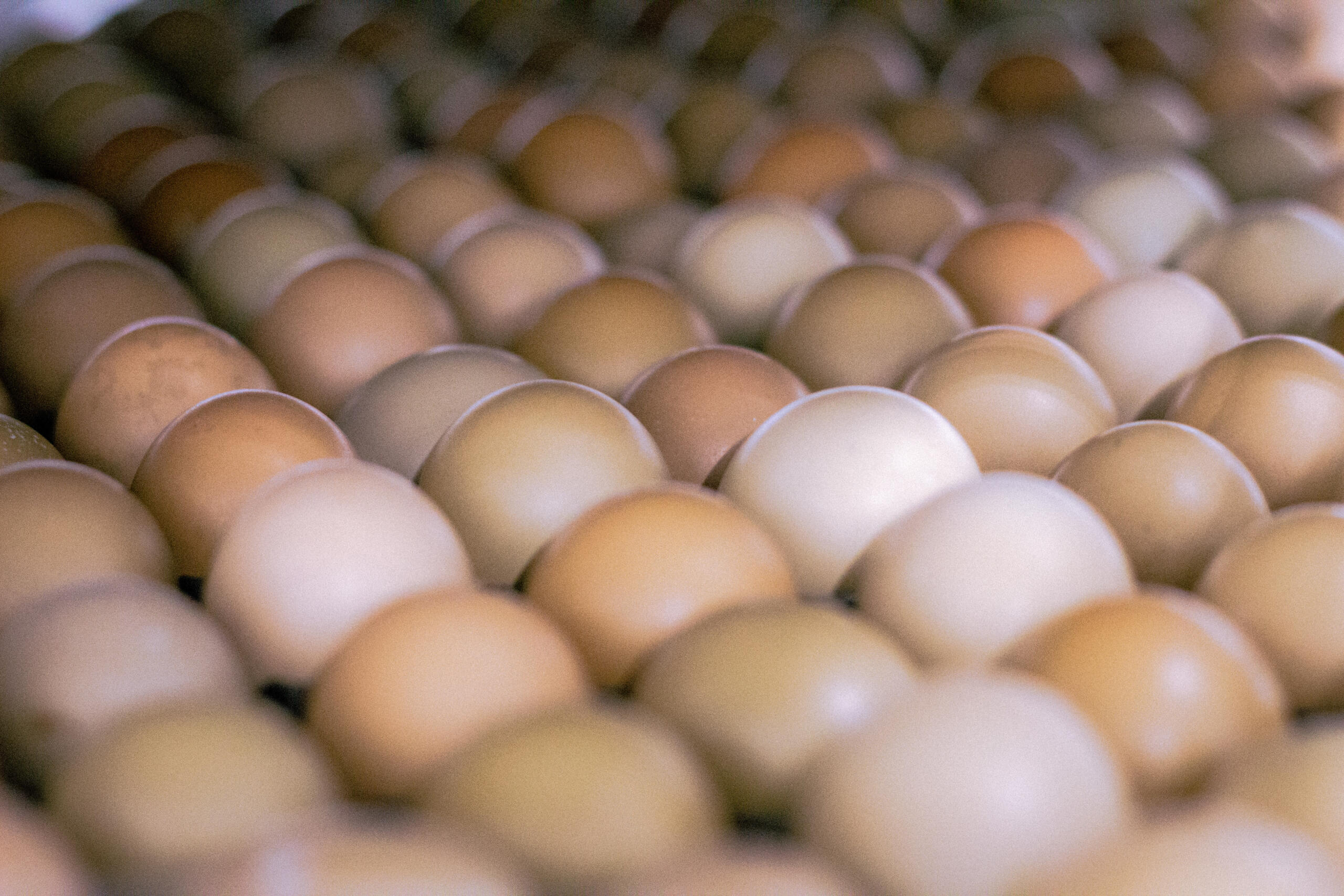
Incubation of Pheasant Eggs
Read Post
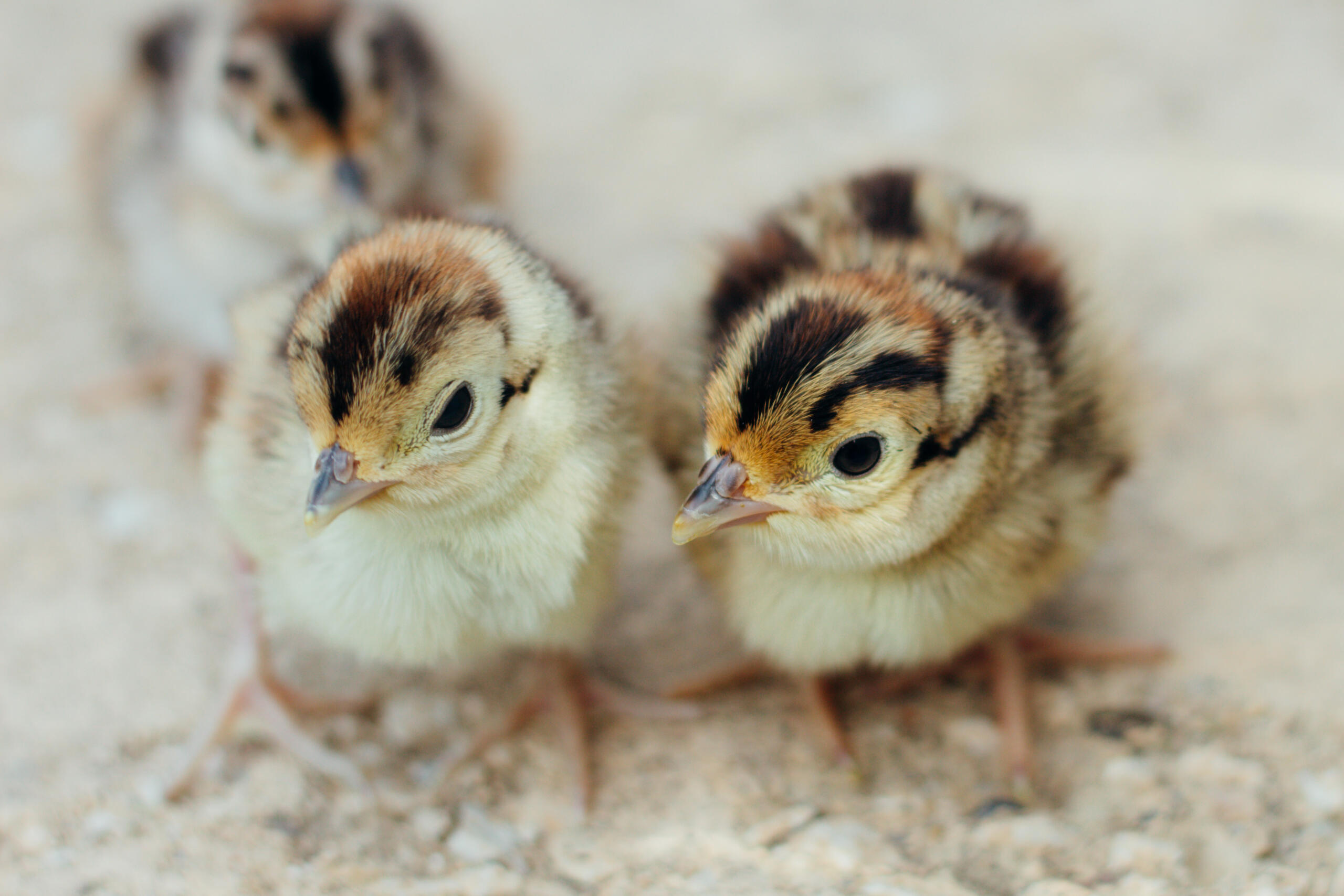
A Comparison of Hatch Data Between Two Different Genetic Types of Pheasants
Read Post
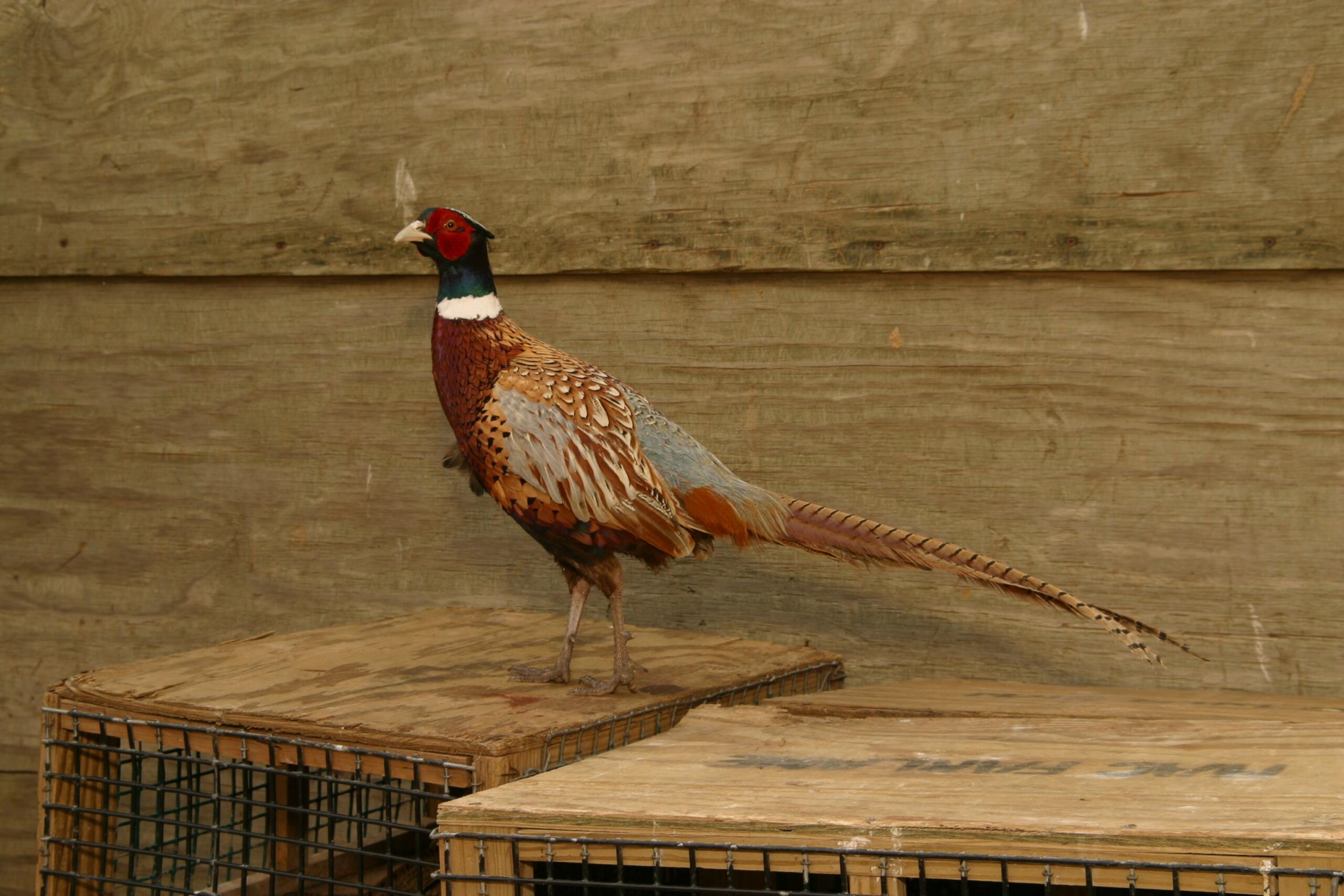
DuPont Financial Analysis Model
Read Post
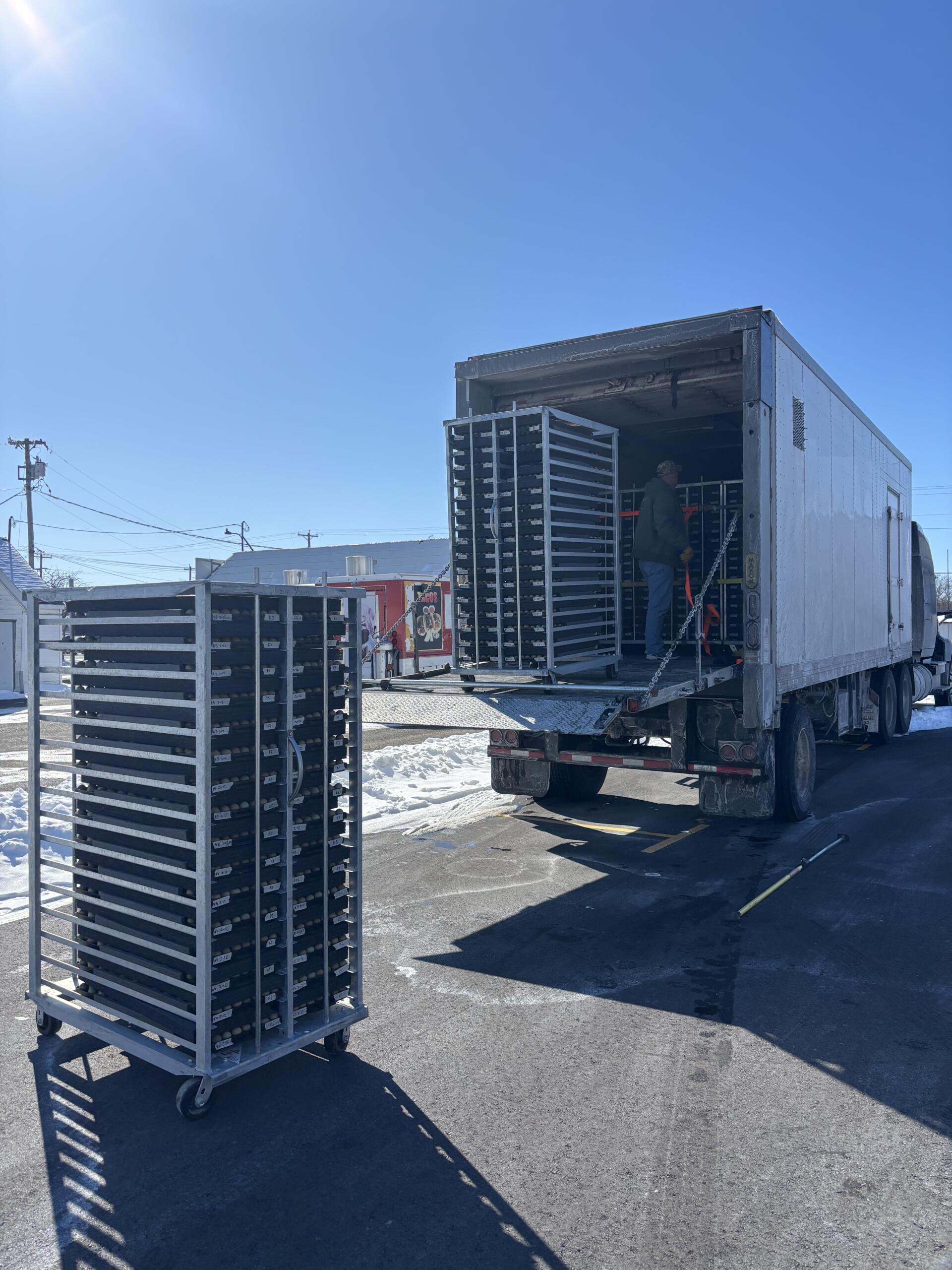
Busy Times at MacFarlane Pheasants’ Missouri Breeder Farms 2024!
Read Post

Hatchery News at MacFarlane Pheasants
Read Post
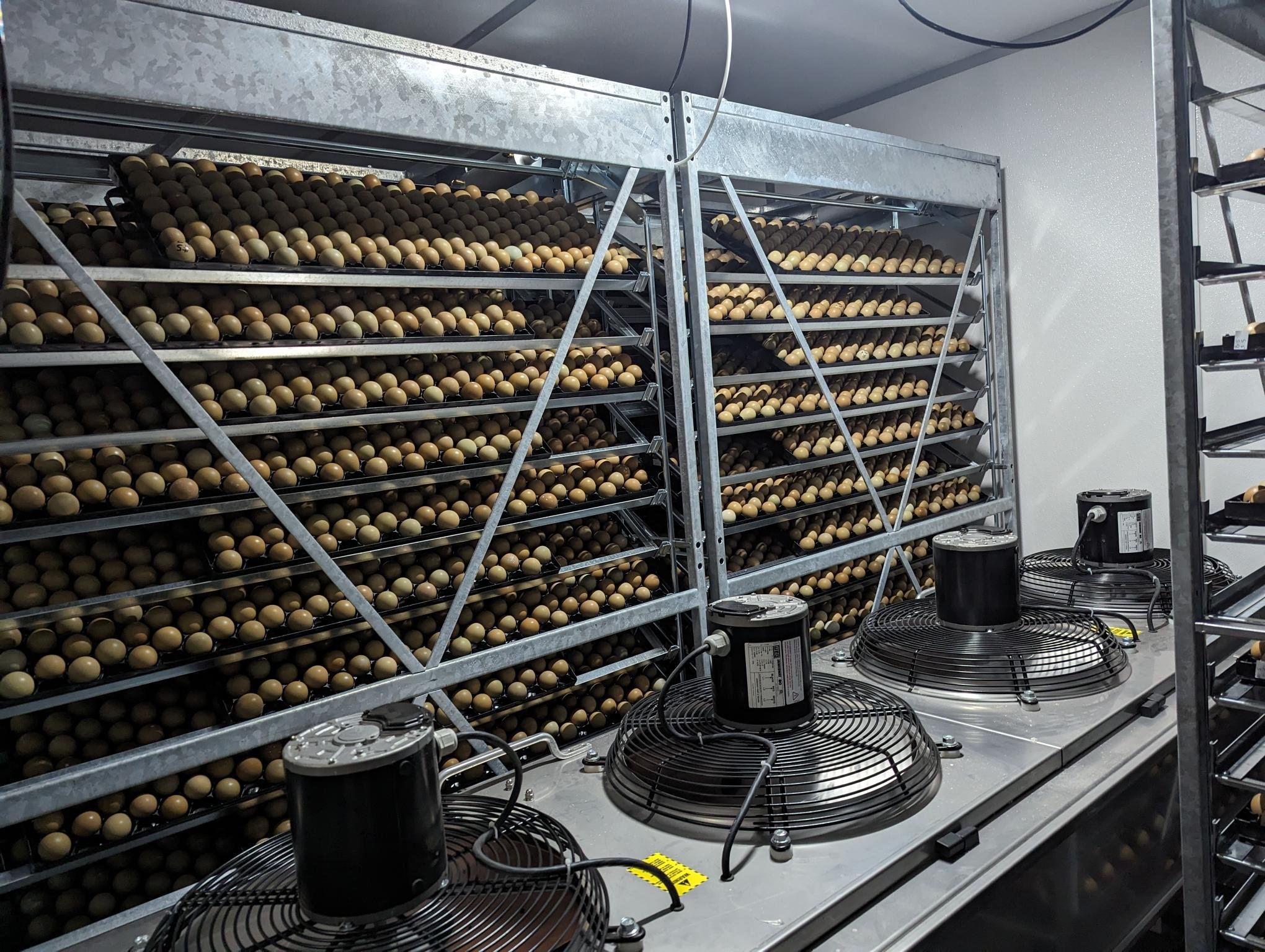
10 Hatching Tips for Incubating Pheasant Eggs Successfully
Read Post
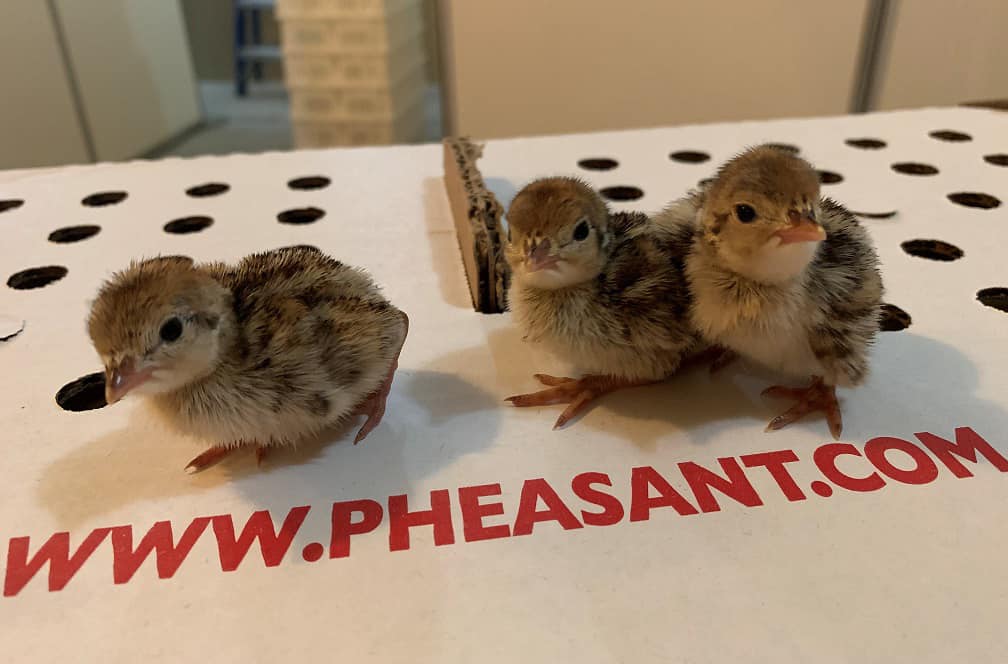
A Day in The Life of the Hatchery Manager and Chick Deliveries
Read Post
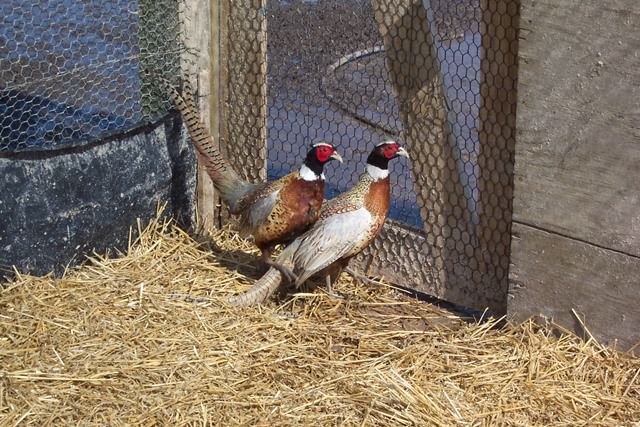
Breeder Selection at MacFarlane Pheasants, Inc.
Read Post
Take Advantage of These Free Resources
As the biggest game bird farm in the United States, we want to share our experience with you. Download our free resources below and get started.


